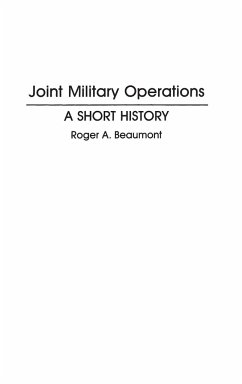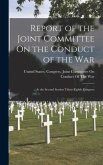This short history is the first broad and selective survey of the phenomenon known as jointness--the co-operative operations of land and naval forces until the twentieth-century and of land, sea, and air forces since World War I. Touching on operational, doctrinal, and political dimensions, the survey ranges from the ancient Mediterranean to recent times while focusing on European and American experiences from the eighteenth through the twentieth centuries, including Desert Storm. Illustrative cases and reference materials are attuned to the interests of scholars, defense analysts, and students of military affairs. Jointness, subject of major concern to military historians, policymakers, politicians, and military professionals has in the past been covered within certain periods on a case by case or topical basis. This history begins instead with a broad survey from ancient to modern times and then focuses more closley on joint operations since World War I with wide-ranging examples to illustrate trends and patterns of Jointness. The survey closes with a discussion of the central problem of friction and other paradoxes connected with joint military operations. A selected bibliography provides an array of sources both for general readers and military professionals. Maps and appendices further enrich this important history.








